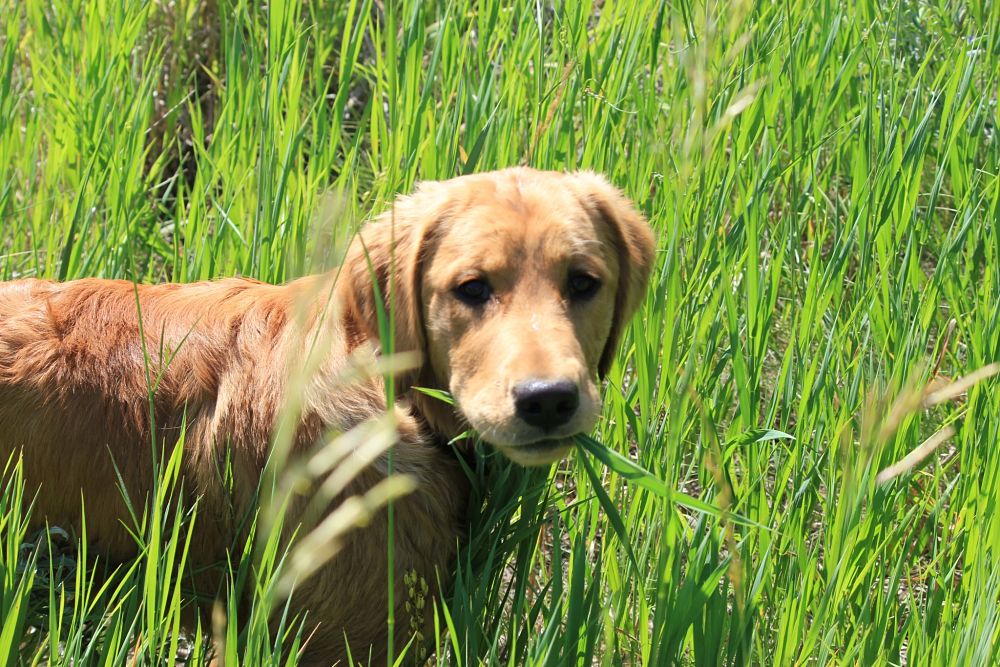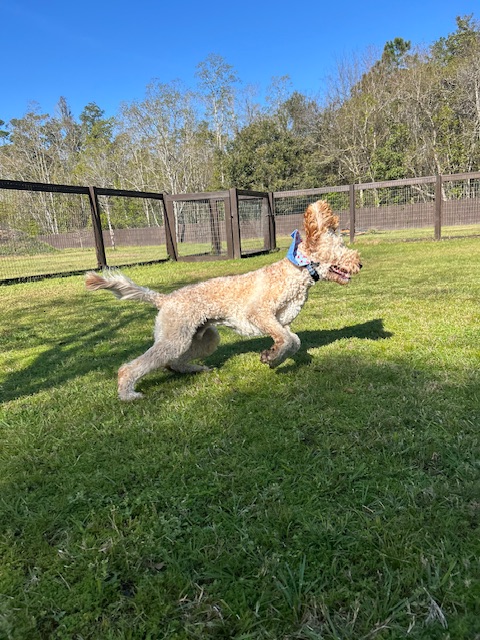When it comes to extraordinary abilities, few can rival the canine sense of smell. While humans primarily experience the world through sight, dogs rely on scent to navigate, communicate, and even comfort themselves. Their noses are powerful tools that not only shape how they experience daily life but also help them perform incredible tasks that benefit humans in remarkable ways. Understanding the science behind a dog’s sniffing ability reveals why this sense truly is their superpower.
A Nose Built for Detection
A dog’s nose is uniquely designed for smelling. While humans have about six million scent receptors, dogs can have up to three hundred million. This gives them the ability to detect odors at concentrations nearly one hundred thousand times lower than what people can perceive. Beyond just the number of receptors, their brains are also highly specialized to process scent, with a significantly larger portion devoted to interpreting smells compared to humans. This combination of physical and neurological design makes dogs experts at sniffing out even the faintest odors.
Communication Through Scent
For dogs, scent is the foundation of communication. When they meet another dog, sniffing provides an instant exchange of information. Through this process, dogs can determine the age, gender, and even the emotional state of their canine companion. Scent marking through urine or gland secretions allows dogs to leave behind messages for others, essentially functioning as a form of social networking in the animal world. To a dog, a simple sniff can provide more details than an entire conversation could for a human.
Smell and Emotional Connection
A dog’s sense of smell is not just about detecting objects or other animals. It also plays a crucial role in their bond with humans. Dogs can recognize their owners by scent alone, even after long separations. They are also capable of sensing changes in human emotions, picking up on chemical changes in sweat and body odor that correspond to stress, fear, or happiness. This ability explains why many dogs respond to their owners’ moods with comforting behaviors, making them not only loyal companions but also empathetic partners.
Working Dogs and Specialized Training
The extraordinary power of a dog’s nose has long been harnessed for practical purposes. Working dogs are trained to use their sense of smell to detect explosives, drugs, and even missing people. In recent years, research has expanded these applications to include medical detection. Some dogs are able to identify certain types of cancer, low blood sugar levels, or impending seizures in humans simply through scent. These life-saving abilities demonstrate how a dog’s natural talent can be trained and refined to achieve remarkable outcomes.
The Joy of Sniffing in Everyday Life
Even without specialized training, sniffing is an essential part of a dog’s daily life. Walks are not just about exercise but also about exploration through scent. Allowing dogs time to stop and sniff enriches their experience, providing mental stimulation and satisfaction. For many dogs, sniffing is a way to relax and feel secure in their environment, making it a critical part of their overall well-being.
A Superpower That Deserves Appreciation
When you consider the complexity and capability of a dog’s sense of smell, it becomes clear that it truly is their superpower. From communication to companionship and even life-saving work, the power of the sniff is a defining trait that sets dogs apart. As pet owners, appreciating and encouraging this natural behavior not only honors their abilities but also enhances their quality of life.







